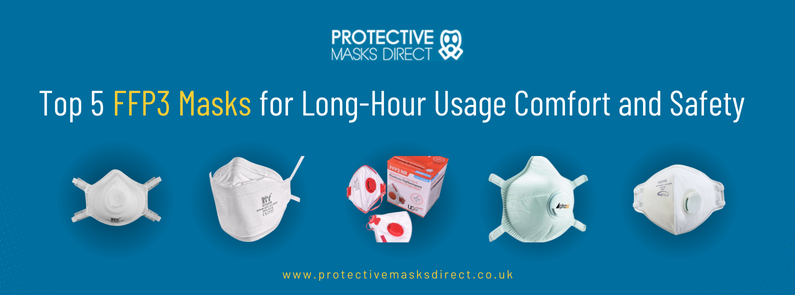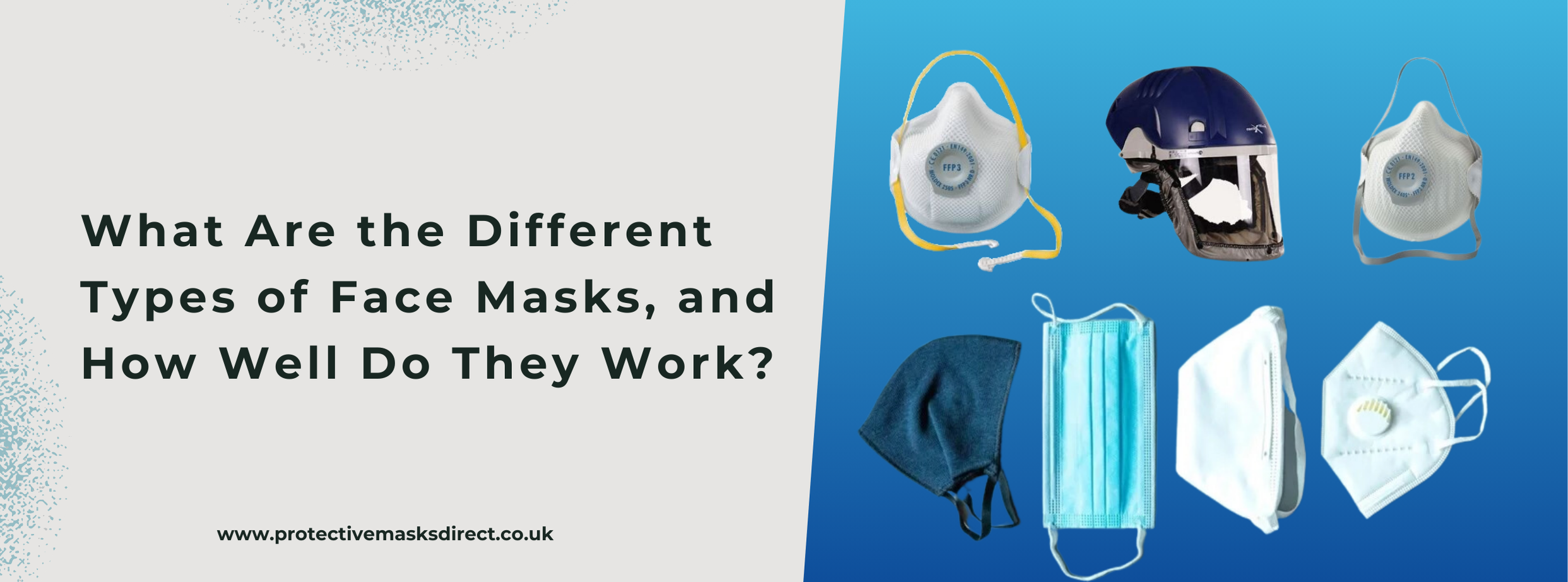
Industrial hygiene is crucial for any organization. It prepares the industry against several environmental stressors, including physical, biological, and chemical, that may negatively impact the health of its employees or the community it operates in.
Practising and maintaining the best industrial hygiene standards is the only way to create a safe working environment for your employees. Here is how you can develop the same culture in your organization.
Understand the Cause of Injuries and Create a Safe Workplace Culture
Overexertion is the cause of top injury causes. It can happen due to various reasons. These include lifting, pulling, carrying, holding, pushing, or throwing objects. Such injuries can prove to be a significant loss for a business, as it can impact productivity, revenue, and employee health of a person.
Think about what you can do to ensure workplace safety. You need to ingrain workplace safety as a part of the work culture. Discuss it regularly with your employees. Carrying out timely surveys will help understand the fundamental cause behind the most perilous workplace injuries. Perform a periodic inspection of the workplace to assess probable safety hazards in work design and equipment.
The best way to understand injury prevention is to get a clearer view of the workplace's critical hot spots. Engage with employees to solicit their support in developing a company culture where safety is of utmost importance. Physical and Occupational therapists will help elevate workplace ergonomics. They can perform assessments in regards to the physical performance to help employees for challenging physical jobs. Strongly promote the benefits of following safety measures.
Use Risk Management Tools to Collect Information and Prioritize Them
Risk management tools are essential to promote industrial hygiene. It enables an organization to evaluate different hazards that are probable in the workplace. This analysis involves three stages:
- Identify risks of radiological, chemical, physical, or other nature.
- Carry out an adequate risk analysis based on the frequency and severity of the event.
- Establish tolerable risk levels, thresholds, and targets. Implement controls on high-danger locations.
Repeat this process at regular intervals to test for risk levels. This will help ensure that controls are adequate and effective to deal with all possible hazards.
Ensure that the Employees Possess the Right Tools
Machine breakdowns are a significant cause of dangerous workplace hazards. The right set of equipment and tools will help create a safer work environment. It is also necessary that all equipment is thoroughly serviced, inspected, and cleaned regularly.
Employees who are working in dust prone areas like construction sites or furnaces can face respiratory-related issues.
- Encourage the use of masks that comes with the best filtration abilities. It protects them against particulates such as aerosols, droplets, and dust particles. A simple example will be to ensure that employees wear ffp3 masks at the workplace.
- Another protection mask is a dust mask. It is a filtering facepiece that is made from rubber, neoprene, silicone, etc. It filters the dust from the air so that the worker can breathe fresh and pure air.
- Workers who are regularly exposed to metal works should wear an asbestos mask. It is a half-face mask that has inbuilt HEPA filter cartridges, which can filter out asbestos particles from the air and prevent its ingestion. In this way, it saves employees from facing any acute health conditions.
In this way, an organization can ensure the industrial hygiene and safety of the employees.
Use Signs and labels.
These are a cost-efficient and effective way to communicate any vital information to employees quickly. These graphical tools are designed to be self-explanatory and straightforward. They act as both a reminder and a warning sign that helps maintain the safety of workers.
Practice Workplace Hygiene
In addition to the prevention of injuries, it is also important to practice industrial hygiene. This is because a messy workplace can be the reason for any number of accidents. One way to prevent such incidents from happening is to follow the ISO standards diligently. Ensure boxes are loaded safely, usage of preventive masks is happening, and any spills are cleaned immediately. Perform regular inspections of the place to locate any potential danger in the form of tangled cords, disorganized tools, untidy floor, cluttered space, etc.
Conclusion
Being over-prepared and over-cautious is never a bad thing. Discussing, regularly, safety rules and processes at the workplace prepares everyone for any unforeseen circumstances. To have a good industrial hygiene practice is critical in enhancing the safety of employees. Being the employer, it is your responsibility to create and provide a safe working place. The above tips also help develop a safety culture throughout the organization.




